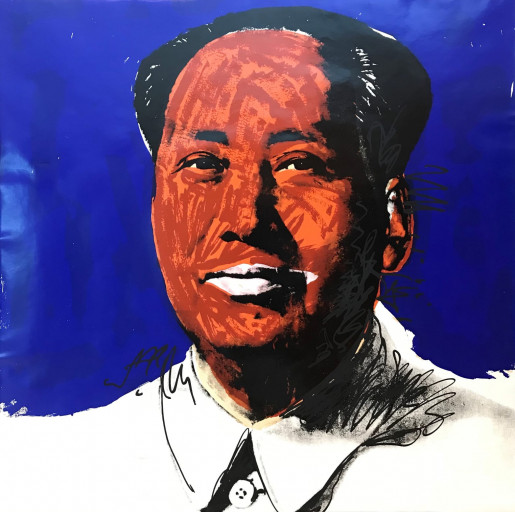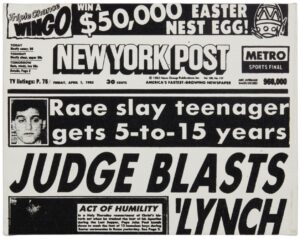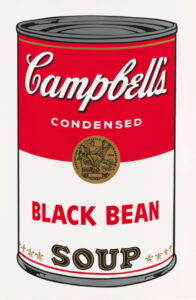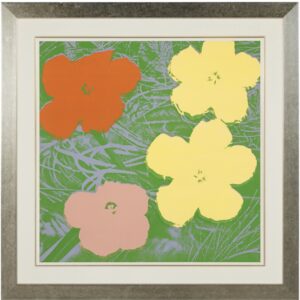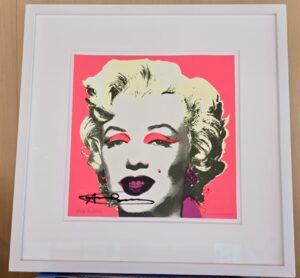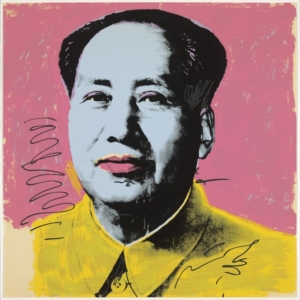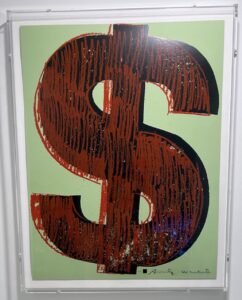Mao (F. & S. II.98), 1972
36 x 36 inches (91.6 x 91.6 cm.)
To create a similar listing log in or sign up.
Log in/sign upAll works are inspected prior to delivery, work will be sent out tracked and insured at buyers cost. If you'd like to make specific arrangements or discuss collection then please contact us directly.
Accepted: Wire transfer
ART PLEASE Assurance Policy: Every ART PLEASE seller has been approved by ART PLEASE after a thorough review. All of our sellers are required to accept the following ART PLEASE policy: A buyer may return an item purchased through ART PLEASE, if the item received is not as described in its listing, or is found to be unauthentic.
Andy Warhol, a visionary figure in the realm of contemporary art, made an indelible mark with his iconic work "Mao (F. & S. II.98)" in 1972. This artwork, part of Warhol's larger series of portraits of the Chairman of the Chinese Communist Party, Mao Zedong, showcases Warhol's distinct artistic approach and his exploration of the intersection between celebrity culture, political power, and pop art. In "Mao (F. & S. II.91)," Warhol's signature silkscreen technique transforms Mao's visage into a vibrant and striking visual icon, merging the realms of political leadership and mass media with his inimitable style.
The juxtaposition of Mao's portrait and Warhol's distinctive artistic treatment in "Mao (F. & S. II.91)" invites contemplation on the manipulation of images and the construction of identity. By appropriating Mao's image, an emblem of political authority, Warhol raises questions about the cult of personality and the dynamics of power in the modern world. The bold and vivid colors employed in the artwork draw attention to the often complex relationship between leaders and the media that portrays them. "Mao (F. & S. II.91)" becomes a mirror to the commodification of political figures and their transformation into symbols of mass consumption, a hallmark of Warhol's critique of consumer culture and fame.
Andy Warhol's "Mao (F. & S. II.91)" encapsulates his ability to provoke thought and conversation through his art. By transposing Mao's image into his signature artistic language, Warhol navigates the realms of politics and pop culture, inviting viewers to consider the multi-faceted aspects of leadership and the impact of visual representation on collective perception. The artwork serves as a testimony to Warhol's innovative spirit and his gift for reshaping visual narratives that resonate far beyond their initial context.


